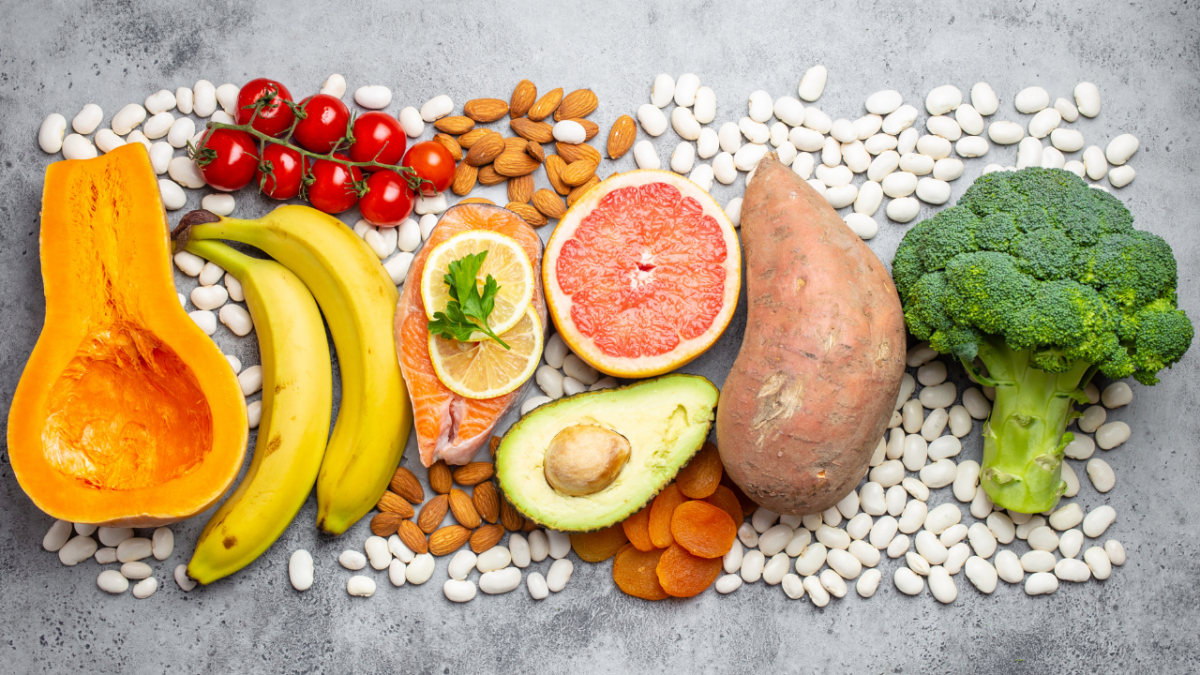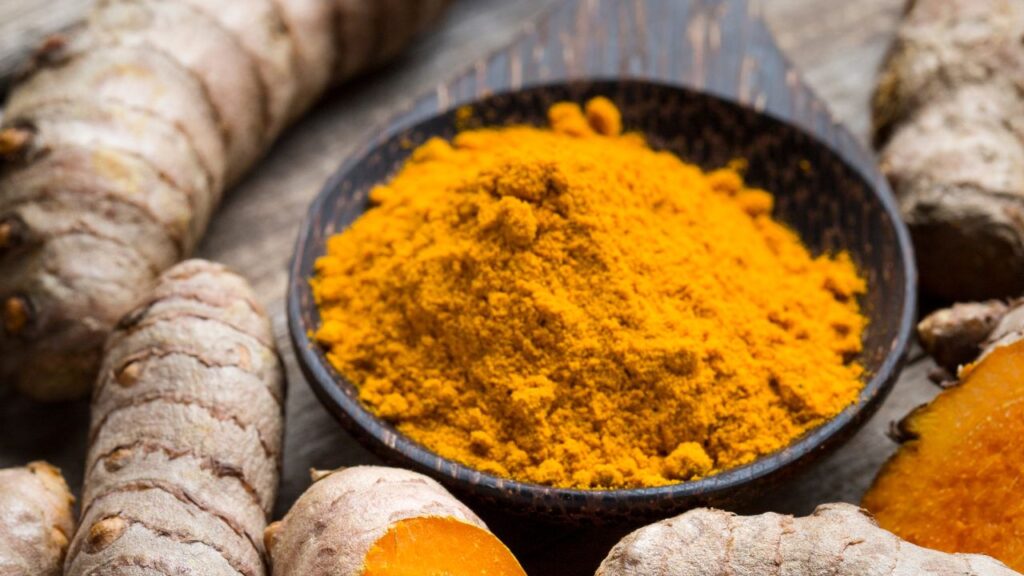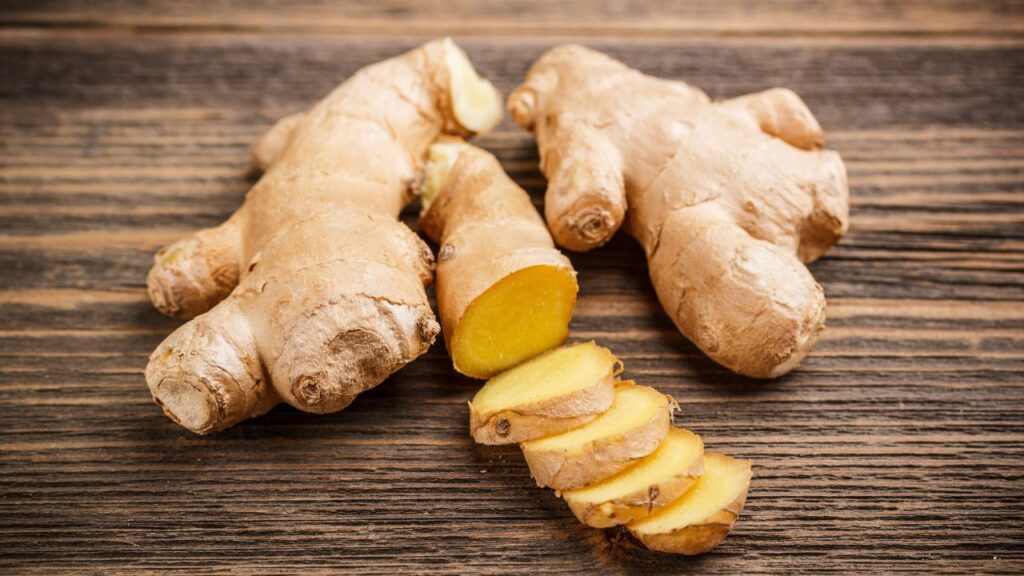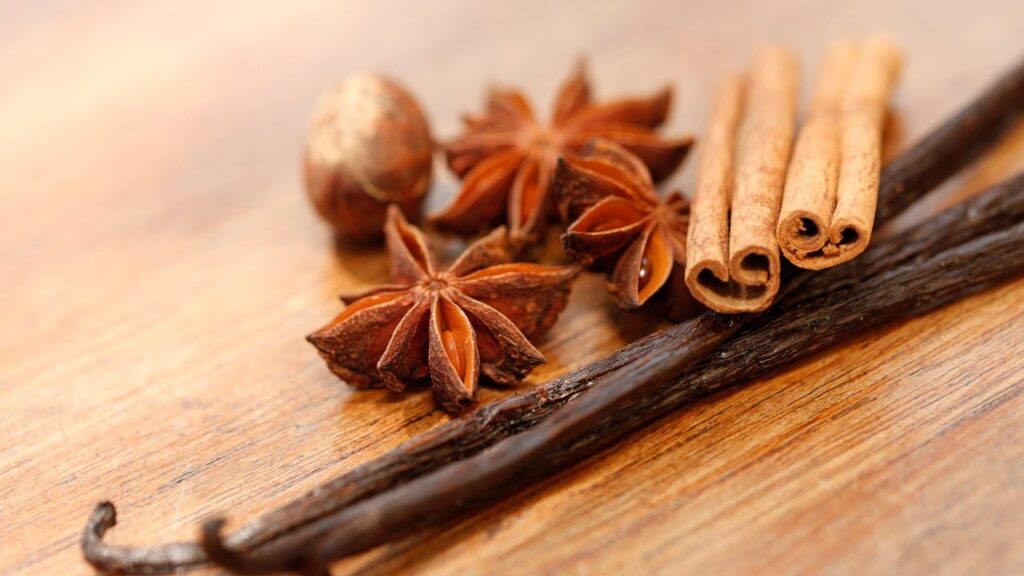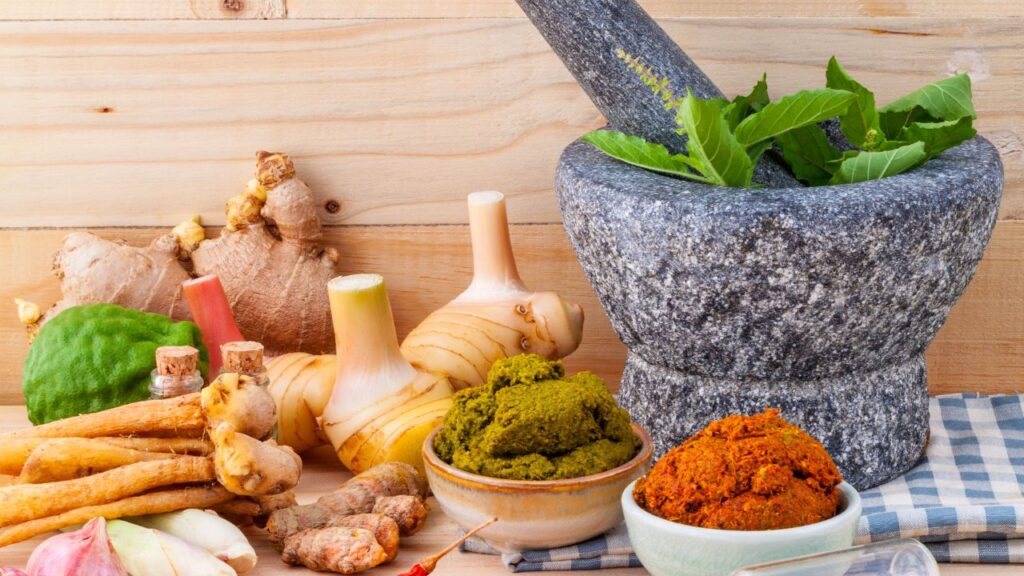Top 10 Natural Foods for Menopause Relief!
Embarking on the menopause journey can often feel like navigating an uncharted territory, filled with new challenges and changes. It’s a natural phase of life, yet it comes with a suite of symptoms that can range from mildly annoying to downright disruptive. But here’s the silver lining – menopause relief might just be a grocery trip away! Nature has tucked away secrets in everyday foods that can significantly ease the menopause experience. In this enlightening blog, we’re about to unveil the top 10 natural foods that not only promise menopause relief but also enhance your overall well-being during this transformative phase.
You see, menopause isn’t just about the end of menstruation; it’s a period of profound hormonal shifts that can affect everything from your mood to your metabolism. Hot flashes, night sweats, mood swings, and weight gain are just a few of the unwelcome guests that often accompany menopause. But what if I told you that your diet could be a powerful ally in this journey? That’s right – certain foods are laden with nutrients that can help balance hormones, reduce inflammation, and provide much-needed comfort during menopause.
So, whether you’re in the midst of menopause, approaching it, or just planning ahead, this guide is your culinary beacon for navigating these waters with ease and grace. From the humble flaxseed to the mighty avocado, we’re about to explore how these natural menopause relief foods can transform your menopausal experience from something to endure into an opportunity for positive change and healthful living.
Join us as we delve into the world of menopause-friendly nutrition and discover how simple dietary tweaks can lead to substantial relief. Say goodbye to endless searches for remedies and hello to a naturally balanced, vibrant menopause journey. Let’s unlock the secrets together!
1. Flaxseeds: Lignans for Hormone Balance
Flaxseeds are a treasure trove of lignans, which are plant compounds that mimic estrogen in the body. This can be particularly beneficial during menopause when estrogen levels fluctuate and decline. Regular consumption of flaxseeds may help in reducing hot flashes and improving vaginal health. They are also a great source of fiber, which can aid in digestion and weight management.
2. Soy: Isoflavones for Symptom Reduction
Soy products are rich in isoflavones, a class of phytoestrogens that can have estrogen-like effects in the body. This can be helpful in managing common menopausal symptoms like mood swings and hot flashes. Including soy in your diet through tofu, tempeh, edamame, or soy milk can provide these benefits along with a good source of protein and heart-healthy fats.
3. Broccoli: Cruciferous Vegetables for Estrogen Metabolism
This cruciferous vegetable is packed with phytonutrients that can aid in maintaining a healthy estrogen metabolism, crucial during menopause. Broccoli is also rich in vitamins and minerals like calcium and vitamin K, which are important for bone health, a significant concern during menopause due to the increased risk of osteoporosis.
4. Berries: Antioxidants for Overall Well-being
Berries such as strawberries, blueberries, and raspberries are loaded with antioxidants and vitamins. They can help combat oxidative stress and inflammation, which are common during menopause. Their natural sweetness also makes them a healthy alternative to sugary snacks, helping with weight management.
5. Nuts and Seeds: Essential Fatty Acids for Hormonal Health
Almonds, walnuts, pumpkin seeds, and other nuts and seeds are high in omega-3 fatty acids and other healthy fats that are vital for hormone production and balance. They can also provide magnesium and zinc, which are beneficial for mood regulation and sleep – two aspects often disrupted during menopause.
6. Salmon: Omega-3s for Hormone Regulation
As a fatty fish, salmon is an excellent source of omega-3 fatty acids, which are crucial for hormone health and can help reduce the severity of menopausal symptoms like hot flashes and night sweats. Omega-3s also support heart health, which is particularly important as the risk of heart disease increases after menopause.
7. Eggs: Vitamin D and E for Symptom Management
Eggs are a nutritional powerhouse, providing high-quality protein, vitamins D and E, and B vitamins, all of which are beneficial during menopause. Vitamin D is essential for bone health, while vitamin E has been shown to help in reducing hot flashes and improving vaginal health.
8. Whole Grains: Fiber for Hormonal Balance
Whole grains like quinoa, brown rice, and oats are rich in fiber, which is essential for maintaining a healthy weight and reducing the risk of cardiovascular diseases. They also have B vitamins, which are important for energy production and managing stress.
9. Dark Leafy Greens: Calcium for Bone Health
Spinach, kale, and other dark leafy greens are high in calcium, essential for maintaining bone density during menopause. They are also rich in vitamins A, C, and K, as well as fiber, which together support overall health and hormone balance.
10. Avocado: Healthy Fats for Overall Menopause Management
Avocado is a source of healthy fats, fiber, and a variety of essential nutrients. These fats can help with hormone production and regulation, while the fiber content is beneficial for weight management and gut health. Avocados also contain vitamins E, C, and B, which are key for skin health, immune function, and energy levels.
Menopause relief doesn’t have to be elusive. By incorporating these top 10 natural foods into your diet, you can ease the symptoms of menopause naturally and comfortably. Remember, while diet plays a crucial role, a holistic approach, including lifestyle changes and consulting healthcare professionals, is vital for managing menopause effectively. Embrace this new phase of life with these natural allies by your side!

